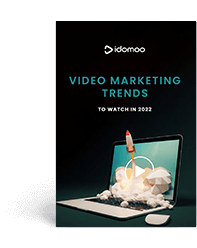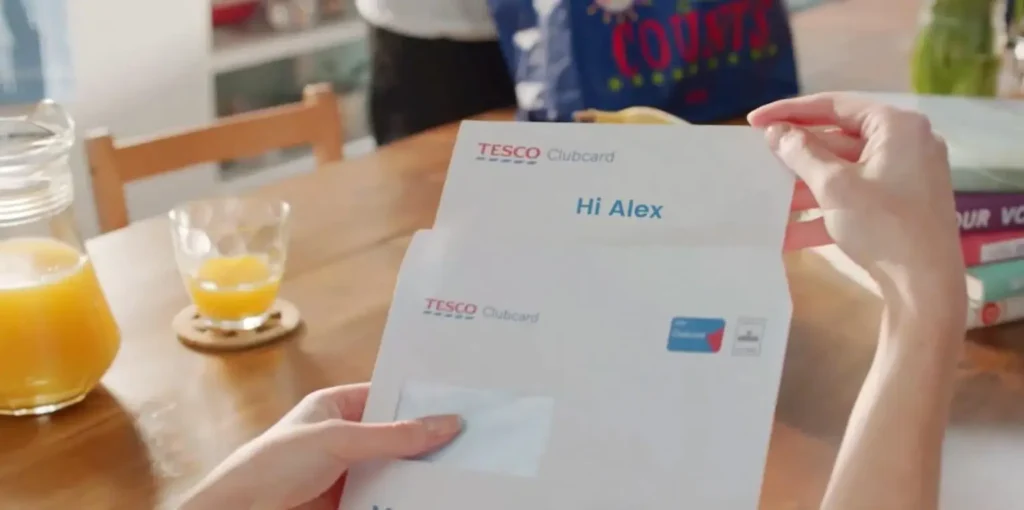We’ve said it before and we’ll say it again. Yes, video marketing is here to stay. Once a “nice to have” is now a “must-have.” But what happens when you’re implementing video marketing and still not getting the results you want?
It’s not uncommon — many marketers are still stumped, and 80% say they would create more videos if they knew of an easier way. Video production can be costly. The learning curve can seem daunting. We get it.
Whether you’re just starting out or you’re a more seasoned professional, not hitting the mark on your metrics can happen to anyone. Thankfully, as leaders in digital innovation, we know how to avoid common pitfalls when it comes to video marketing. Rather than do a deep-dive audit, take a look at these mistakes first — it may surprise you how much of a difference it makes.
Here’s why your video marketing campaign strategy isn’t working.
You’re Not Repurposing Video Content
Your video marketing shouldn’t break the bank — you want maximum ROI, after all. It’s easy to get caught up in video production, but there are ways to easily cut costs. One of these? Repurposing prior video content.
Rather than shoot a new video every time you come up with a new use case or demographic to target, future-proof your videos by making them modular. You can film or create scenes that you can easily add to later. See an example of this modular format in the insurance onboarding video below, which allows for adding new insurance products in future as another stop on the elevator.
You can also add new data to old creative to revamp its relevance. Personalizing with slight tweaks based on data, instead of starting over from scratch, is a lot easier — both on your team and your wallet.
For example, Ladbrokes was able to get at least two high-impact videos out of their content, the first of which was a campaign for the 2020 UEFA European Championship (following the pandemic-induced hiatus). The second was a personalized highlights reel to connect more closely with fans. Rather than start all over, they repurposed scenes from their ad by combining them with personalized, dynamic data.
Your Videos Aren’t Omnichannel
Regardless of your video’s quality, your audience won’t see it unless you bring it to their attention. How do you make sure it reaches them?
Consumers access media from a variety of channels. They check their email, scroll through Twitter and toggle between apps. Your video marketing campaign strategy should reflect that — meet your customers where they are, on every platform. In doing so, you’re increasing the chances of your video reaching your audience.
But while quantity is important, so is quality. It’s also important to keep in mind where your video makes the most sense. For videos aiming to drive brand awareness, social media is a top outlet.
WW (formerly Weight Watchers) created a year in review to celebrate their members’ biggest achievements of 2021. In addition to sending out the videos via email and in app, users could also post their personalized recaps on Twitter with the hashtag #WWYearinReview.
#WWYEARINREVIEW @ww_us So cool! 💪😎 pic.twitter.com/4HXdTzZRjq
— Dianne Tonietto (@DianneTonietto) January 8, 2022
Allowing customers to share their video beyond their inbox helped brands meet top KPIs like brand awareness and reach.
Tip: Think about the different interfaces your customers use. If it looks fine on desktop but not on mobile, you might lose those customers who are viewing on mobile. Fortunately, with the latest video technology, the same video can display differently, depending on if the viewer is watching on their smartphone, tablet or desktop.
You’re Letting Your Data Dictate Your Strategy
Are you personalizing your videos? You should be. Over 70% of consumers only engage with personalized digital messaging — and that doesn’t exclude video, the top digital medium in terms of online consumption.
If your data pool is smaller than you’d like, you may think personalization is out of reach. You’ll be relieved to know even the simplest data can make a big impact.
Not sure where to start? Make a first good impression simply with your customer’s first name.
Tip: Be sure to add their name at the beginning. It shows them right away this video is different. Sending your video via email? Put the first name in the thumbnail to grab attention.
Have more data to work with? Even better. Here’s an example from the travel industry. This Personalized Video shows different scenes based on the viewer’s top flight. One video had myriad variations, driving ROI while still keeping costs within budget.
You’re Not Tracking Analytics
If your video marketing isn’t yielding the results you want, it’s obvious adjustments are needed. But to make sure your changes are leading you in the right direction, there needs to be some kind of evidence-backed strategy in place.
This is where tracking video analytics comes into play. By tracking analytics and analyzing the results, you can ensure that when you do go about making changes, you have the right strategy on hand.
Here are some data-driven video marketing metrics worth keeping in mind:
- Views: Pretty much speaks for itself. Are your videos reaching a large audience?
- Click-through rate: Customers engage with your content by clicking on it, so CTR measures how engaging your content is. Make your video interactive to drive higher CTR.
- Completion rate: How interesting is your content? If the completion rate is low, your videos may not be holding your viewer’s attention.
- Number of times watched: Is your video relevant? Customers choosing to rewatch your video means it’s valuable content, worth coming back to again and again.
- Shares: Customers who truly enjoy your video are likely to share it with friends. This turns them into brand advocates, expanding your reach on social media.
By tracking analytics, you can determine pain points — or success — in your video marketing strategy and tailor your efforts accordingly.
Your Sales Pitch Is Taking Precedence
Are your videos suffering from tunnel vision? Instead of focusing solely on sales, be mindful of your digital interactions with your customer throughout their entire journey by using video to enhance their CX.
Why pay attention to customer experience? According to a study conducted by Accenture, 73% of consumers whose buying behavior were affected by the pandemic noted they expected businesses to understand their needs during disruptive periods.
While video marketing is rapidly growing, thanks to digitalization driven by the pandemic, so are consumer needs for a positive CX. The need for customers to feel cared about, and seen, is at an all-time high now. When the mortgage industry struggled with communicating customer options related to forbearance, interactive personalized explainer videos saved the day.
Borrowers felt at ease, thanks to Personalized Video simplifying their options. And this makes a lasting impression. Customers who know they can trust a business when it matters are likely to come back.
Tip: While customers love storytelling, upselling and cross-selling do have their place. You just have to be smart about when and where to do it. Read our blog about mastering the art of the upsell.
Video Marketing Done Right, Every Time
Your ROI is slumping. Your engagement is dwindling. Sure enough, it’s time to re-evaluate. It can seem daunting, but integrating the strategies we listed above can help get you started on the right track.
If you’ve made adjustments, but want to take your videos even further, now’s the time to leverage our Next Generation Video Platform. We pride ourselves on ease of use — we can help you from start to finish or let you take the reins with our self-serve platform. And time to market is quick — meaning tangible improvements to your video marketing efforts in a matter of weeks, not months. To get started, request a demo with one of our team members.







